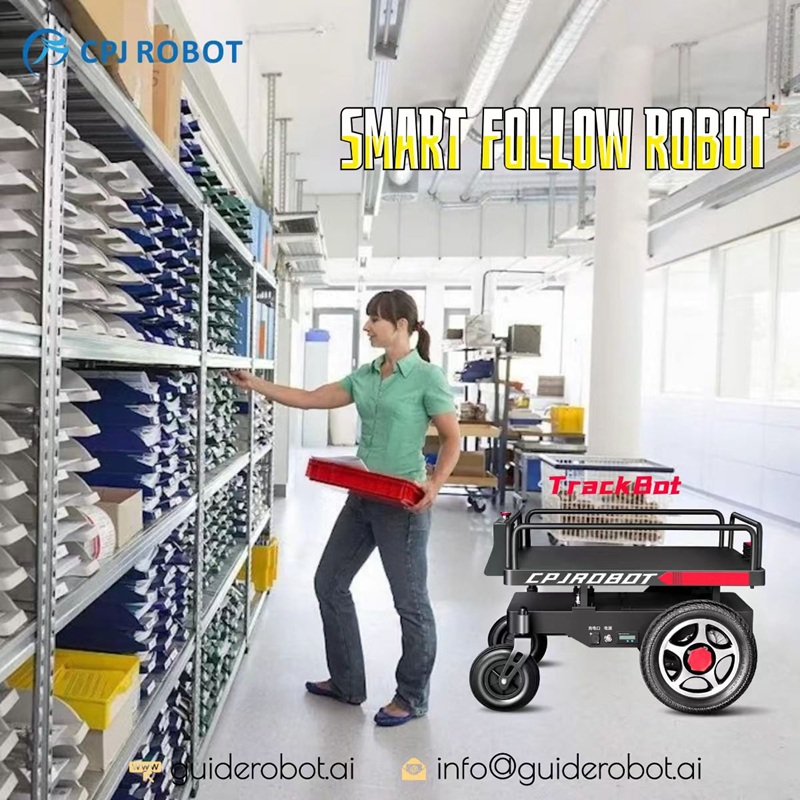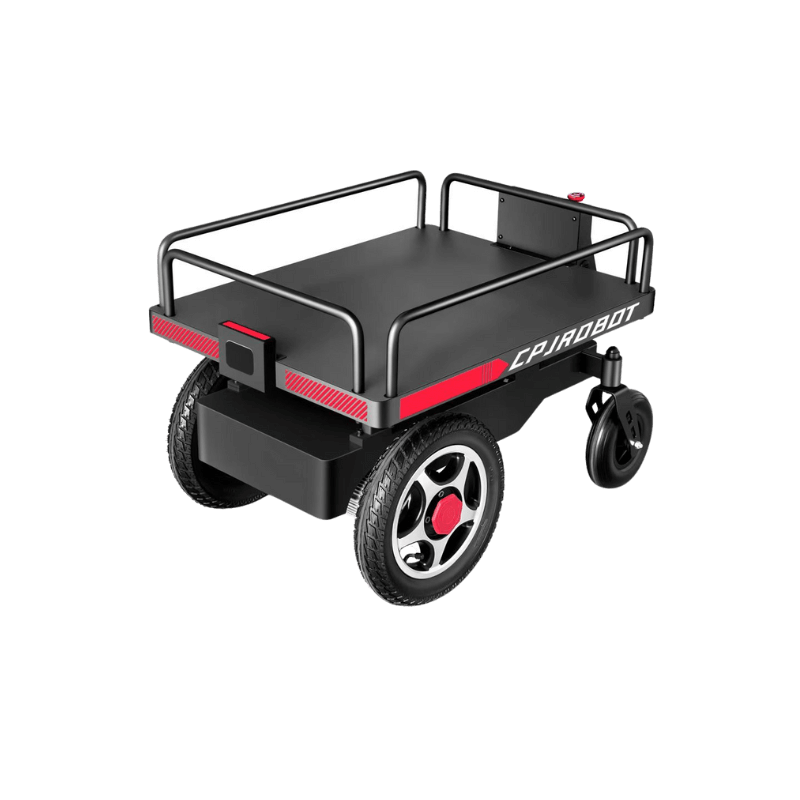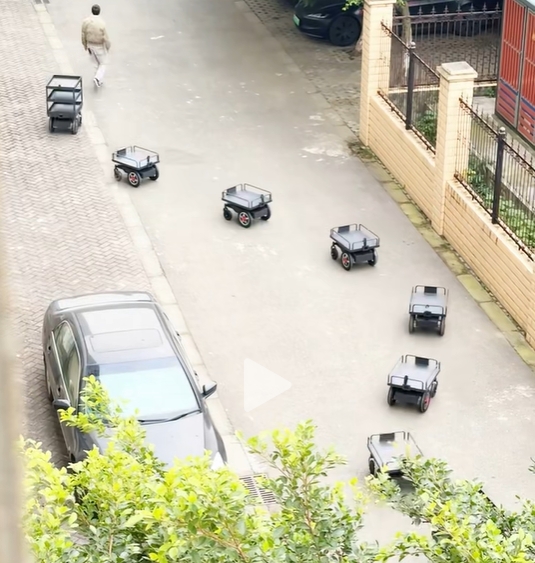The robot chassis is a critical component of a robot system, bearing the weight of the entire robot and providing the foundation for movement and operation. This article will delve into the main structures of robot chassis and the key considerations for their selection and design in various application scenarios.
Basic Structure of a Robot Chassis
A robot chassis typically consists of the following main parts:
- Base Plate: This is the main body of the chassis, used for mounting various components such as motors, sensors, and control systems. Materials are usually lightweight and sturdy, such as aluminum alloy or carbon fiber.
- Drive System: Includes motors, wheels, or tracks. The drive system determines the robot’s movement method and speed. Common drive types include wheeled, tracked, and walking mechanisms.
- Suspension System: Used for shock absorption and providing smooth movement, especially on uneven terrain. The suspension system can be a simple spring structure or a complex active suspension system.
- Battery and Power Management System: Provides power support, ensuring long-term operation of the robot. The power management system monitors and regulates power output, extending battery life.
- Sensors: Mounted on the chassis for environmental perception and navigation. These sensors include LiDAR, infrared sensors, ultrasonic sensors, etc.
Characteristics of Different Types of Robot Chassis
The design of robot chassis varies based on application scenarios. Here are some common types of robot chassis and their characteristics:
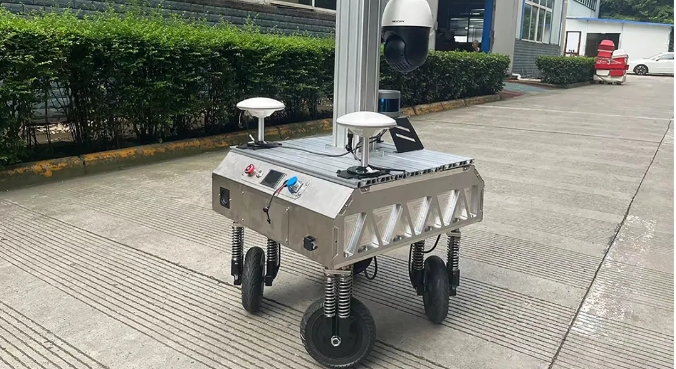
Wheeled Chassis
Advantages: Simple structure, low cost, easy to control and maintain. Suitable for flat surfaces and indoor environments.
Disadvantages: Not suitable for rough terrain, wheels may slip on soft surfaces.
Application Scenarios: Service robots, warehouse logistics robots, indoor mobile robots.
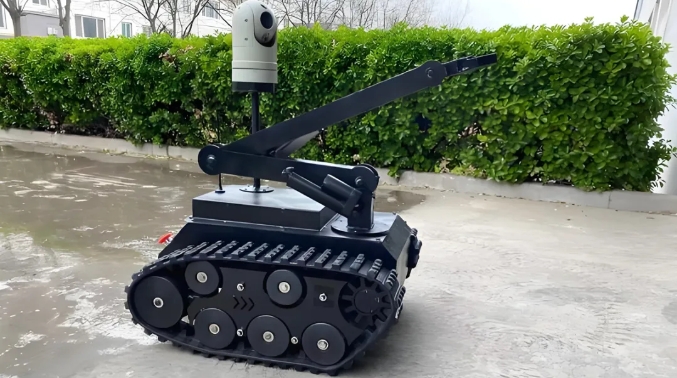
Tracked Chassis
Advantages: Large contact area, strong grip, good adaptability. Can travel on uneven surfaces and complex environments.
Disadvantages: Complex structure, high cost, lower mobility efficiency.
Application Scenarios: Military robots, exploration robots, engineering robots.
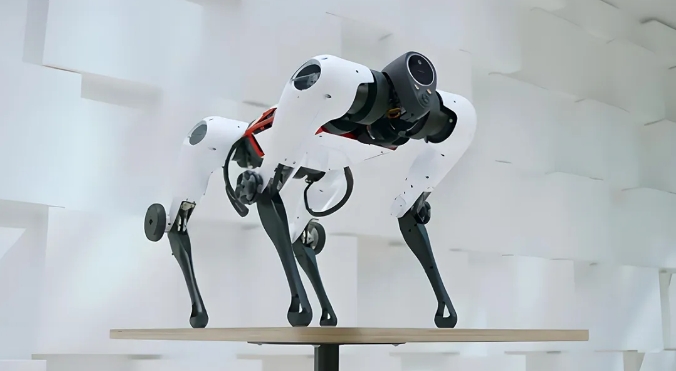
Walking Chassis
Advantages: High flexibility, able to overcome obstacles and adapt to complex terrains.
Disadvantages: Technically complex, high cost, high energy consumption, difficult to control.
Application Scenarios: Exploration robots, rescue robots, bionic robots.
Hover Chassis
Advantages: Non-contact movement, suitable for frictionless surfaces, low noise.
Disadvantages: High technical difficulty, limited application scenarios.
Application Scenarios: Maglev trains, specific laboratory robots.
Development Trends of Robot Chassis
With technological advancements, robot chassis are also evolving. Here are some major development trends:
- Lightweight Design: Using new materials and structures to reduce the weight of the chassis, improving mobility efficiency and energy utilization.
- Intelligent Control: Integrating more sensors and intelligent control algorithms, enabling robots to autonomously adapt to complex environments and tasks.
- Multi-Function Integration: The chassis not only serves as the foundation for support and movement but also integrates more functions such as self-detection, automatic adjustment, and intelligent perception.
- Standardization and Modularization: Promoting the standardization and modularization of chassis design to enhance compatibility and interchangeability, reducing research and maintenance costs.
Conclusion
The selection and design of robot chassis structures are crucial for the effective functioning of mobile robots. Understanding the various types of chassis, their advantages, disadvantages, and suitable application scenarios can help in making informed decisions. As technology continues to progress, we can expect further innovations in robot chassis design, making them more efficient, versatile, and intelligent to meet the demands of a wide range of applications.



